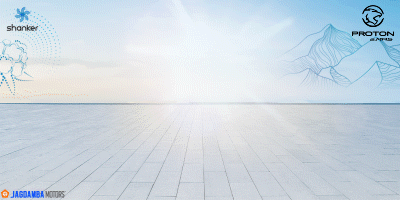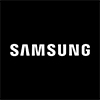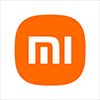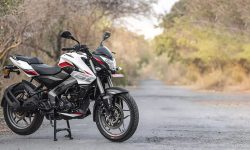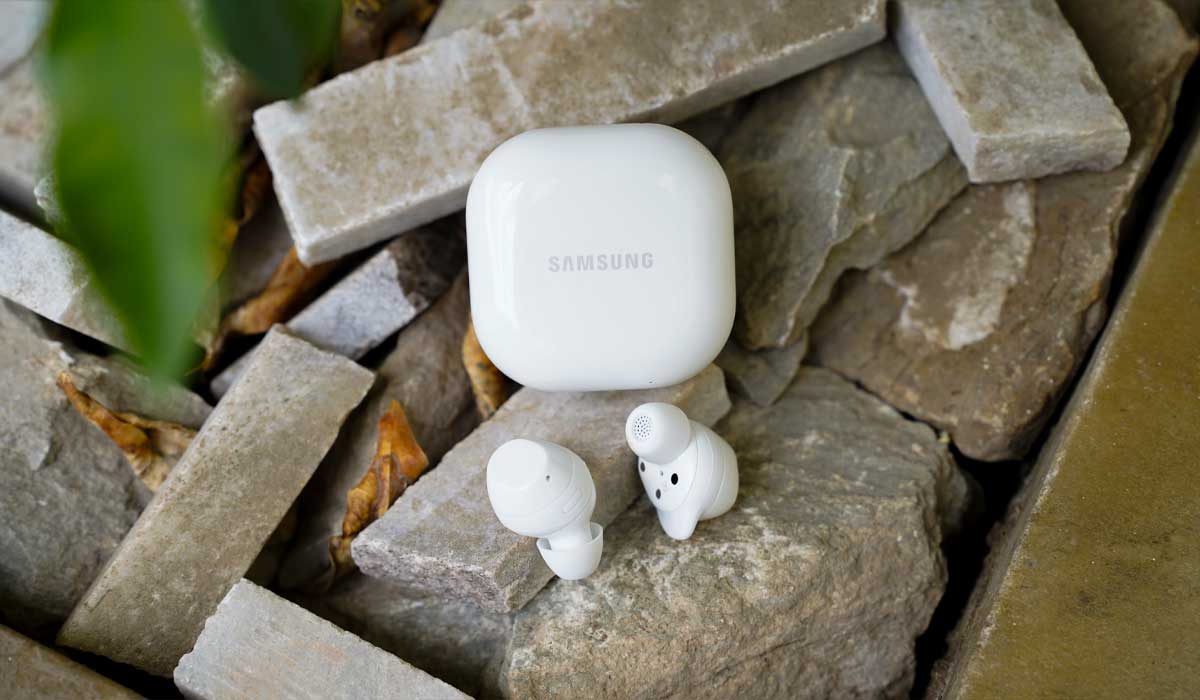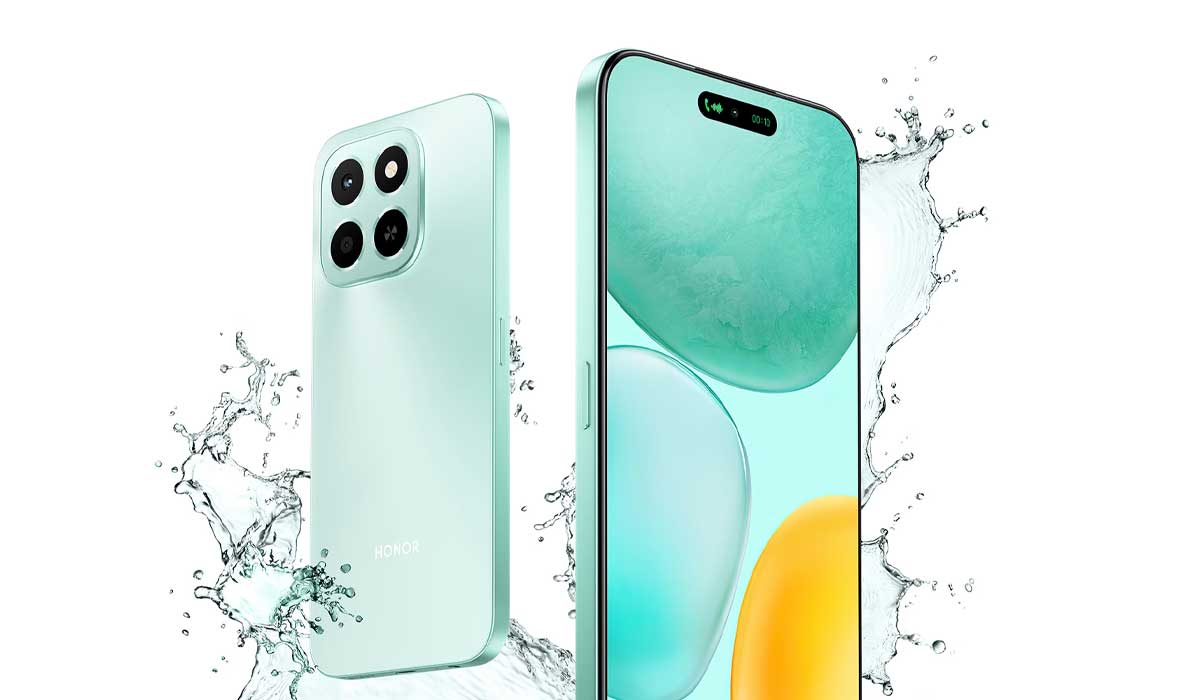Redmi 13C Review: TechLekh Verdict
The Redmi 13C does not have any major drawbacks, considering its price. It has all the great features its predecessor, the Redmi 12C, had, including exceptional performance and decent display, battery, and camera.
In addition to that, it now has a USB-C port, fast charging support, and a better design. It would have been perfect if it had come with a better camera performance, the latest Android 14, and an 18W charger instead of the mere 10W charger in the box.
All in all, I will say the same I said for the Redmi 12C: the Redmi 13C is the best phone you can buy for under Rs. 15,000 in Nepal at the time of publishing this review.
Pros
- Excellent performance
- Great design
- Solid battery life
- 18W fast charging support
- 90Hz display
Cons
- Only a 10W charger in the box
- Shipped with Android 13, no latest Android 14
The Redmi 12C dominated the entry-level smartphone segment in Nepal throughout 2023 due to its excellent price-to-performance ratio. As mentioned in my Redmi 12C review, there were a few shortcomings such as the dated Micro-USB port, slow charging speed, and a boring design.
It’s 2024 and Redmi has refreshed the Redmi 12C with the new Redmi 13C. And guess what! The Redmi 13C has fixed what bothered us. Moreover, it now has a modern USB-C port and the charging speed has been upgraded from 10W to 18W. While the 18W charging support isn’t the fastest, it’s still a notable improvement.
As for the performance, it rocks the same Helio G85 chipset, which I don’t complain about given that it’s already so good for what the phone costs. Oh! I have not yet shared the price! Well, the Redmi 13C is priced even better than before.
The Redmi 13C starts at Rs. 13,999. It is Rs. 500 more than the Redmi 12C. However, the base model now offers 4GB RAM and 128GB storage compared to the 32GB storage and 3GB RAM of the Redmi 12C.
At this point, you might have already guessed what the Redmi 13C offers over the Redmi 12C. But let’s see this it in more detail and answer the most important question: is the Redmi 13C still the best phone you can buy in Nepal under Rs. 15,000? This is my Redmi 13C review and this is my experience with the phone.
Redmi 13C Specifications
- Body: 168 x 78 x 8.09 mm, 192 g
- SIM: Dual SIM (Nano-SIM, dual stand-by)
- Display: 6.74 inches IPS LCD, 720 x 1600, 20:9, 450 nits (typ), 90Hz refresh rate
- Chipset: Mediatek Helio G85 (12nm)
- CPU: Octa-core (2×2.0 GHz Cortex-A75 & 6×1.8 GHz Cortex-A55)
- GPU: Mali-G52 MC2
- Memory: 128GB 4/6GB RAM, 256GB 8GB RAM, eMMC 5.1, microSD card support
- OS: Android 13, MIUI 14
- Rear Camera: 50 MP, f/1.8, 28mm (wide), PDAF
- 2 MP, f/2.4, (macro)
- 0.08 MP, QVGA, (depth)
- Video: 1080p@30fps
- Front Camera: 8 MP
- Video: 1080p@30fps
- Battery: Non-removable Li-Po 5000mAh battery, 18W charging
- USB: USB Type-C 2.0
- Sensors: Fingerprint (rear-mounted), accelerometer, compass, virtual proximity sensor
- 3.5mm Headphone Jack: Yes
- Colors: Midnight Black, Navy Blue, Clover Green
Redmi 13C Price in Nepal: Rs. 13,999 (4/128GB) | Rs. 15,999 (6/128GB) | Rs. 18,999 (8/256GB)
ALSO READ: Xiaomi Redmi Mobile Price in Nepal (July 2025 Updated)
Redmi 13C Review
Modern Design
- 168 x 78 x 8.09 mm
- 192 g
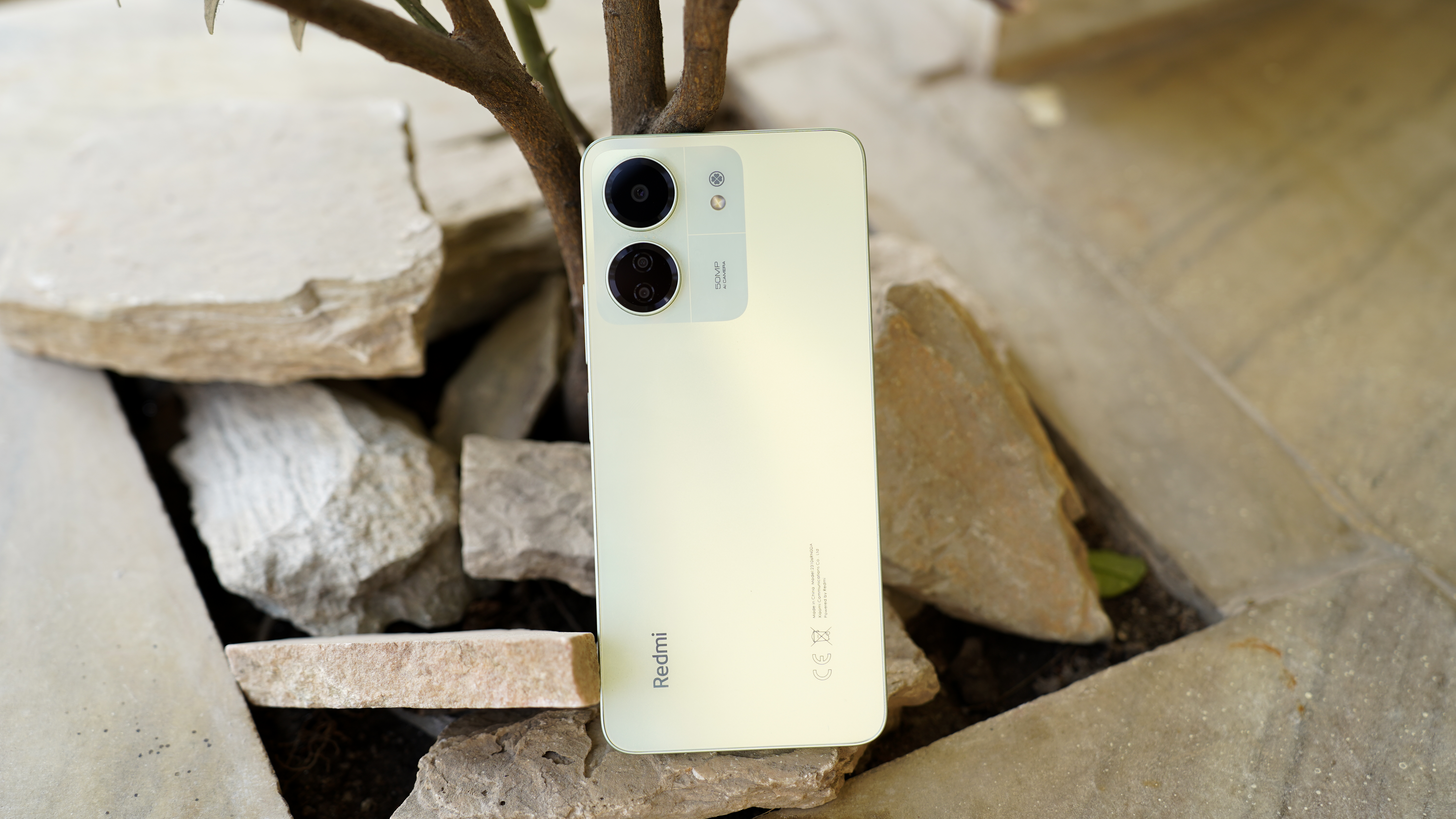
One of the major and most noticeable changes in the Redmi 13C is the design. The Redmi 12C had an average textured back that is typical in an entry-level phone.
The Redmi 13C now has a boxy design with clean back and flat sides, giving it a more modern look.
The fingerprint sensor has also been moved from the rear to the side on the power button.
The front still has that waterdrop notch with large bezels surrounding the display. But again, considering the price, it is not uncommon.
The bottom has a USB-C port, as mentioned earlier. This port is accompanied by a speaker and a mic. The speaker is a mono one. It’s loud but the quality is average. The bass is lacking, which is expected from a budget phone.
ALSO READ: vivo Y27s Review: If Only It had Better Performance or Display or Both!
90Hz Display
- 6.74 inches IPS LCD
- 720 x 1600 pixels
- 90Hz refresh rate
- 450 nits (typ)
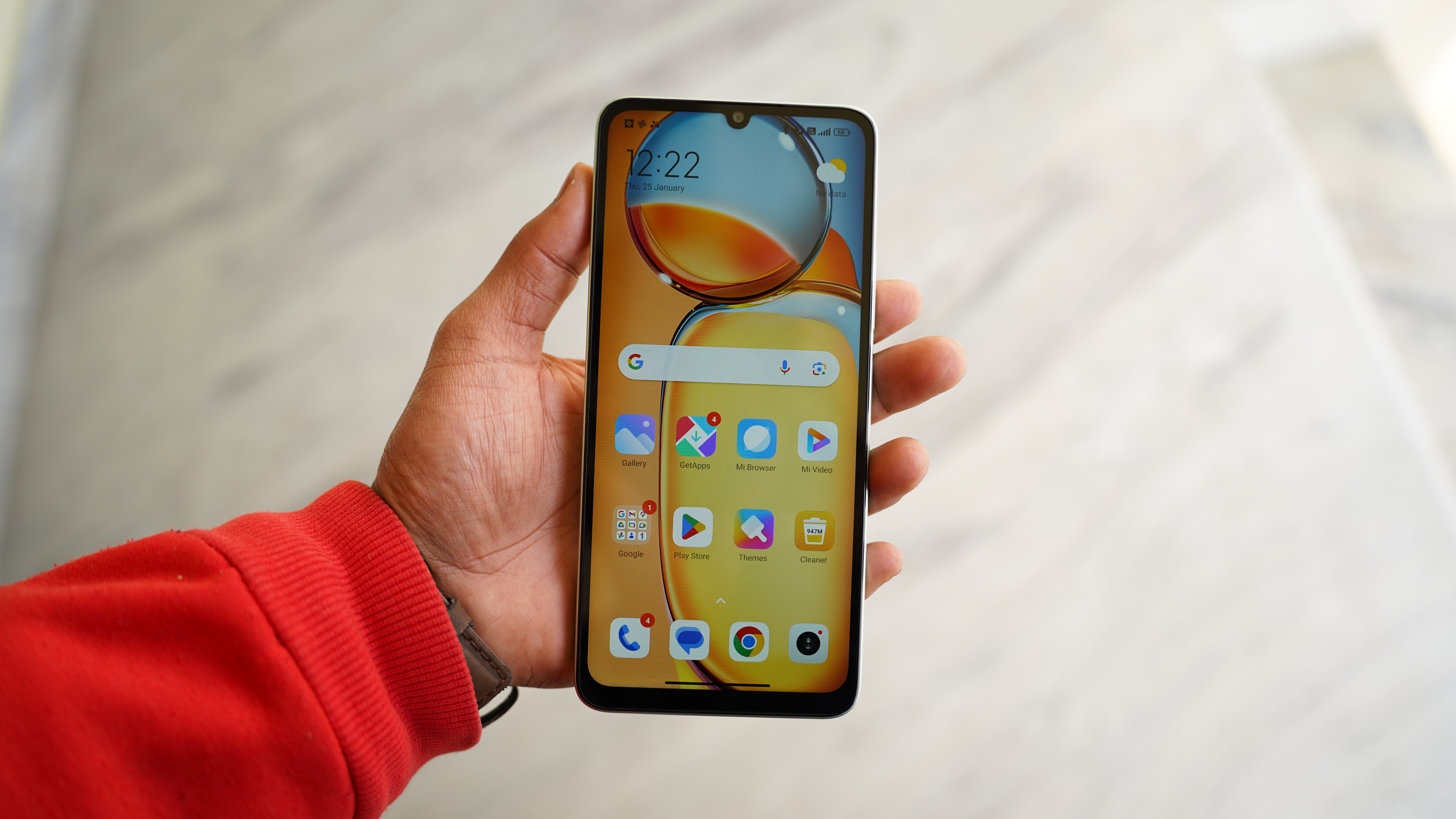
After design, another change is in its display. For starters, the display size and the resolution is the same, measuring 6.71 inches diagonally with an HD+ resolution, respectively.
The new feature is its support for a 90Hz refresh rate, up from the standard 60Hz of the Redmi 12C.
The jump in refresh rate makes the UI interaction smoother. However, the difference is not as significant in the Redmi 13C as it is in other more premium devices.
Other specs of the display remain the same. It is an IPS LCD display with satisfactory performance. The brightness is also decent; however, you may find it difficult to use in bright, sunny conditions.
Excellent Performance
- Mediatek Helio G85 (12nm)
- Octa-core (2×2.0 GHz Cortex-A75 & 6×1.8 GHz Cortex-A55)
- Mali-G52 MC2
- 4GB RAM, 128GB storage
Finally, we arrive at its performance. Performance-wise, both the Redmi 13C and the 12C are the same as they both feature the MediaTek Helio G85 chipset. I have the base model with 4GB RAM and 128GB storage.
You can use the phone without any major problems for light tasks, such as normal social media use and browsing. I like how responsive the MIUI feels on budget phones.
Gaming
Even when it comes to gaming, the phone is impressive.
I tried PUBG Mobile on it, and the frame rate can be set to Ultra with Smooth graphics. On these settings, I achieved a stable average gameplay of 40fps. Unfortunately, the phone does not feature a gyroscope sensor.
I also tried an even more demanding game, Genshin Impact. Surprisingly, the game is playable, which is impressive. On Lowest settings with FPS set to 60, I managed to get an average of 35fps.
It’s worth mentioning that the Genshin Impact gameplay is not as smooth as that of PUBG Mobile. There are frequent frame rate fluctuations. At times, it would reach the 60fps mark, while at others, it would drop to below 15fps.
So, I wouldn’t describe the gameplay as smooth, but it’s playable, and considering its price, it’s impressive.
Camera
- Rear Camera: 50 MP, f/1.8 (main), PDAF
- 2 MP, f/2.4, (macro)
- 0.08 MP, QVGA, (depth)
- Front Camera: 8MP
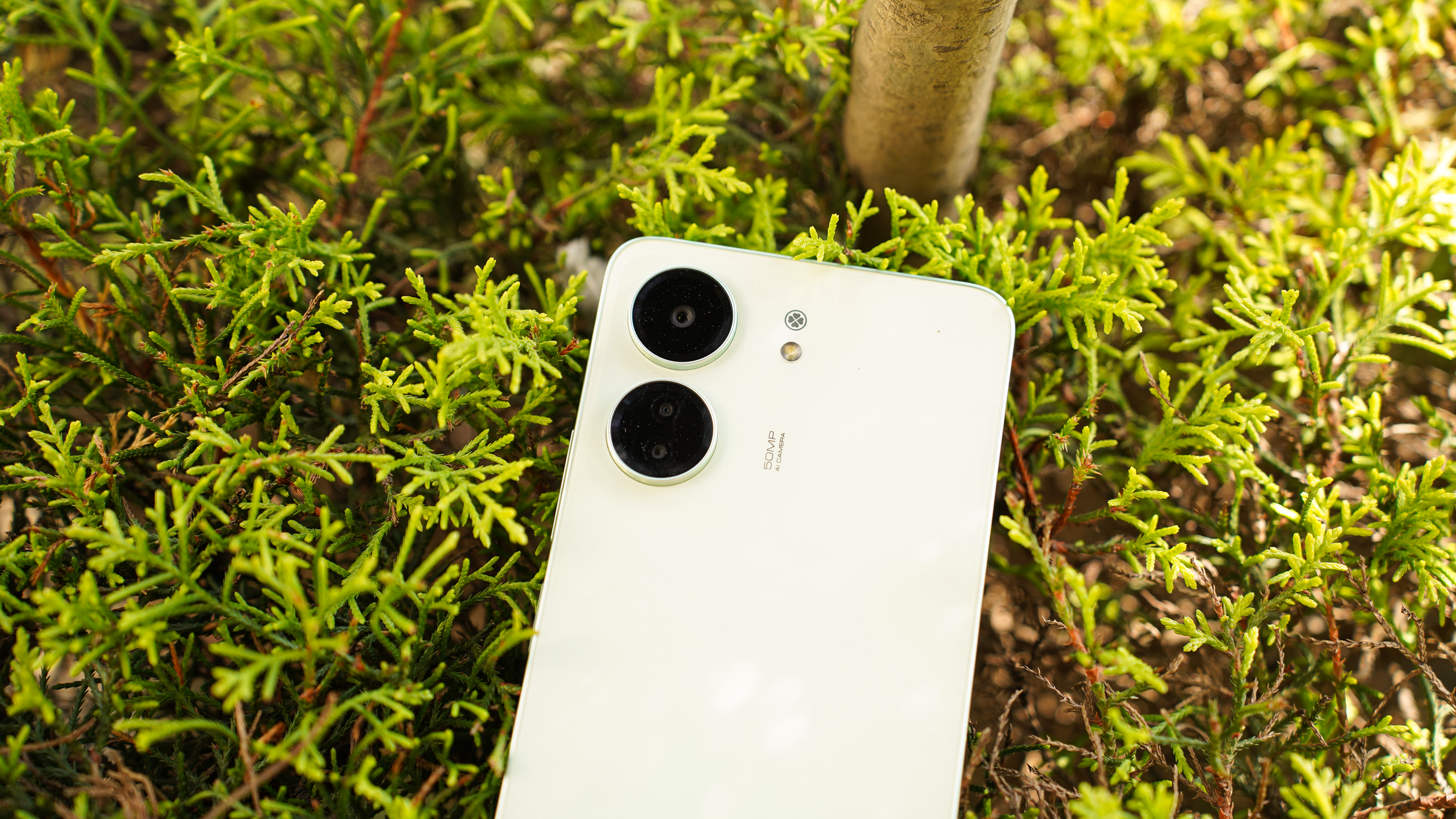
The main camera is the same 50MP one, but there is now a macro camera as well in addition to the depth sensor. Now, this new camera addition is something I don’t think anyone would care much about because I have not met a single person who was excited about the macro camera in a phone, given how poor the quality is, especially in an entry-level budget phone.
On the bright side, the front camera has been upgraded from 5MP to 8MP.
Normal Photos
Talking about the rear camera, the quality is decent. The photos are usable. The detail is good; however, the photos appear underexposed, making them darker.
The dynamic range is also poor. The phone couldn’t expose the highlights and shadows properly. Otherwise, the photos have a typical warm color seen in Redmi phones.
By default, the photos are shot at 12MP. In the settings, you can take 50MP photos, but I didn’t notice any improvement in quality; only the file size increased.
Portrait
The Redmi 13C has a portrait mode for taking, well… portraits. Subject separation is decent. It can miss complex areas such as hair; otherwise, the background blur is good.
However, the overall portraits cannot be considered good. Typically, phones apply touch-ups to facial features in portrait mode but I didn’t find that on the Redmi 13C. Also, the lack of detail in facial features results in less appealing portraits.
Front Camera
The selfies taken from the Redim 13C are decent. The noise is visible, but the skin tone is good. The HDR does not always work, but whenever it does, it properly exposes highlights such as skies.
Videos
- 1080p@30fps
For videos, it can shoot up to 1080p at 30fps. Due to lack of any stabilization, the footage are shaky. The video quality is average and lacks enough detail and sharpness.
Software
- Android 13
- MIUI 14
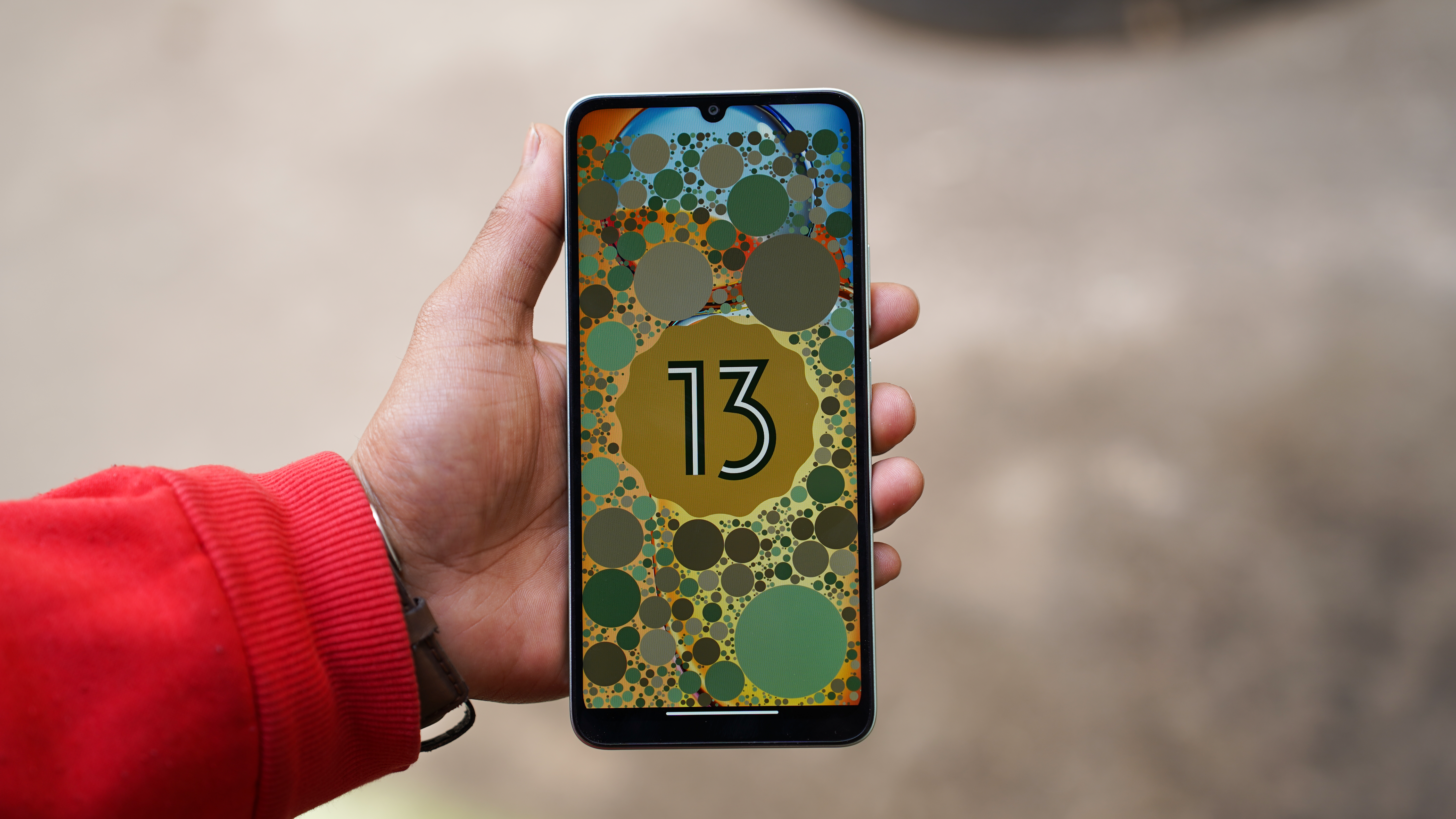
In terms of the operating system, the phone comes with Android 13 with MIUI 14 on top. I find MIUI to be well-suited for low-end budget phones. Compared to other operating systems, I find it to be more responsive.
However, it is not uncommon to hear about bugs on MIUI. I didn’t encounter any major bugs during my usage on the Redmi 13C except for one occasion. Once, I left the phone with the camera app open for a few minutes, and the phone became unresponsive. However, it fixed itself within 2–3 minutes.
And something I only recently realized is that the MIUI on budget phones do not have an option to take long screenshots. Normally, after taking a screenshot on MIUI, a “scroll” option appears, which is missing on the Redmi 13C. However, the phone does support a three-finger swipe feature for taking screenshots.
Regarding software support, this phone may only get up to Android 14. It’s a bummer that it does not come with the Android 14 in the first place. The Redmi 13C should also get the new Xiaomi HyperOS operating system soon because the Redmi 12C has already got it.
In terms of bloatware, apart of Xiaomi’s own apps, the phone comes pre-installed with Netflix, Facebook, Spotify, and TikTok. However, it used to also include games, which fortunately are not pre-installed on the Redmi 13C anymore.
Battery
- 5000mAh
- 18W charging support
- Only 10W charger in the box
Fueling the phone is a 5000mAh battery. I was easily getting over a day of battery life even after playing games for an hour or so. Testing it using PCMark Work 3.0 battery life benchmark, it scored 12 hours and 8 minutes.
As I said earlier, it supports 18W charging. However, the charger in the box is the 10W one. You need to separately purchase the 18W charging adapter if you want to charge faster.
A supported charger takes the phone from zero to 70 percent in an hour. In around 1.5 hours, it fully charges the device. If you use the 10W charger, it takes around 3 hours to charge.
So, this is my Redmi 13C review. What do you think about the phone? If you have any questions, please let me know in the comments!
-
Bajaj Pulsar NS 160 Price in Nepal (July 2025 Updated)HIGHLIGHTS Bajaj Pulsar NS 160 BS6 price in Nepal is Rs. 3.93 Lakhs. Pulsar NS…
-
EXCLUSIVE: Galaxy Buds Core is Here in Nepal – Samsung’s Cheapest TWS with ANCHIGHLIGHTS Samsung Galaxy Buds Core price in Nepal is Rs. 7,399. The earbuds feature a…
-
Honor X6c with 120Hz Refresh Rate and IP64 Rating Launching in Nepal SoonHIGHLIGHTS The Honor X6c price in Nepal could be Rs. 20,999 (6/128GB), Rs. 22,999 (6/256GB),…


